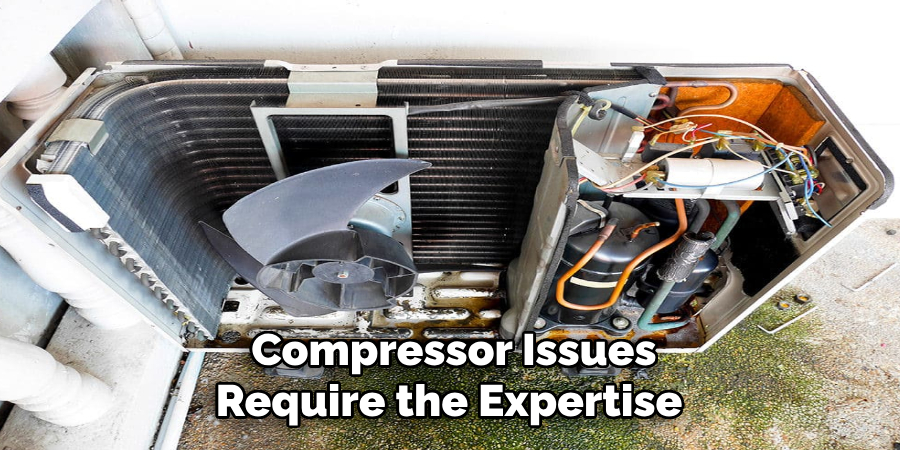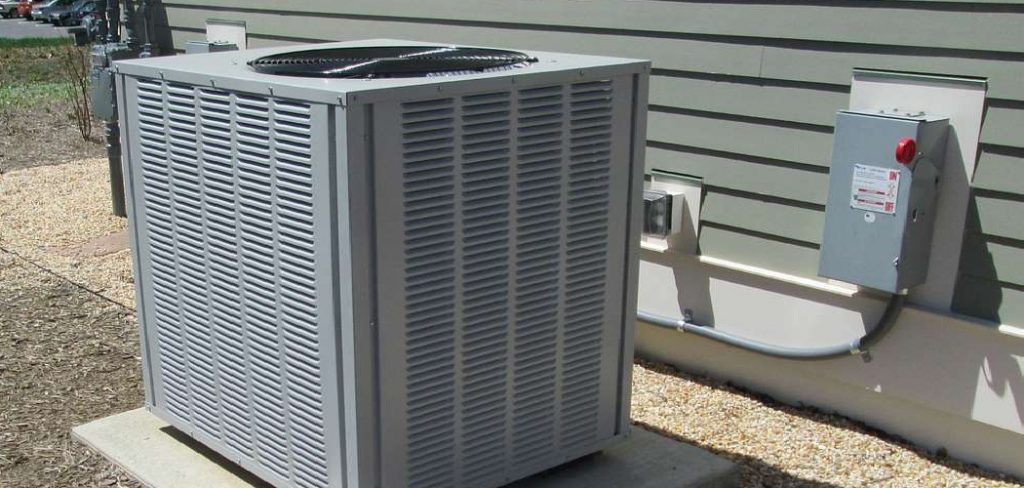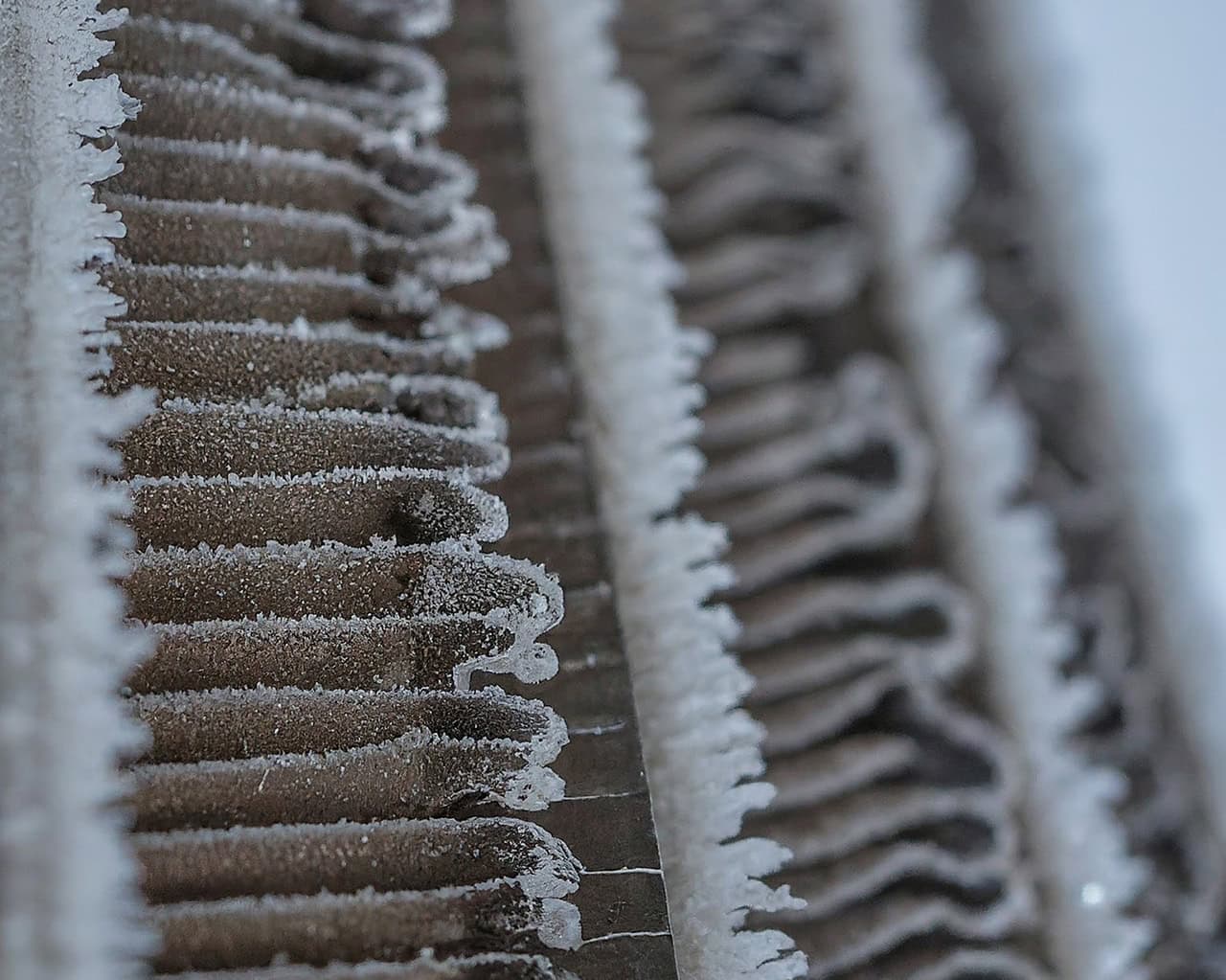How To Fix Frozen Air Conditioning Coils

The Chill is Gone: A Guide to Thawing and Preventing Frozen AC Coils
A frozen air conditioning coil is a homeowner's nightmare, especially during peak summer heat. Beyond the immediate discomfort, it signals wasted energy, higher bills, and potential system damage. Luckily, understanding the causes and solutions can help you thaw the problem and prevent future freezes, saving you money and extending the life of your HVAC system. This guide provides practical steps, considers smart home integration, and highlights the importance of regular maintenance for optimal energy efficiency.
Understanding the Freeze: Why It Happens
A frozen AC coil isn't just about the cold; it's about airflow and refrigerant. Here's a breakdown of common causes:
- Low Refrigerant: This is a frequent culprit. Insufficient refrigerant reduces pressure within the system, causing the coil temperature to plummet, leading to ice formation. Think of it like squeezing an aerosol can – it gets cold!
- Restricted Airflow: Your AC needs to "breathe." Clogged air filters, blocked vents, or dirty evaporator coils (the ones that get cold) choke the system. Reduced airflow means the refrigerant gets too cold, freezing moisture on the coil.
- Dirty Air Filter: A dirty air filter is the number one cause of frozen coils. Energy Star recommends checking your filter monthly and replacing it every 1-3 months, depending on usage and air quality.
- Faulty Blower Motor: The blower motor circulates air across the evaporator coil. If it's failing or running too slowly, airflow diminishes, leading to freezing.
- Low Outdoor Temperature: Running your AC when outdoor temperatures are too low (below 60°F, typically) can cause the coil to freeze. Many modern systems have low-temperature lockout features to prevent this.
- Dirty Evaporator Coils: Over time, dust and debris accumulate on the evaporator coils, acting as insulation and impeding heat transfer. This can cause the coils to freeze.
Thawing the Ice: A Step-by-Step Guide
Before calling a technician, try these troubleshooting steps. Remember to prioritize your safety – turn off the power to the AC unit at the breaker box before attempting any repairs.
- Turn Off the AC: Set your thermostat to "Off" or "Fan Only." This stops the cooling process and allows the ice to melt.
- Turn on the Fan: Run the fan to circulate air across the frozen coil, speeding up the thawing process.
- Change the Air Filter: Replace your dirty air filter with a clean one. This is often the simplest and most effective solution. Use a filter with the correct MERV (Minimum Efficiency Reporting Value) rating for your system. Energy Star recommends a MERV rating between 8 and 13 for most residential systems.
- Check for Blocked Vents: Ensure all supply and return vents are open and unobstructed. Furniture, rugs, or curtains can block airflow.
- Wait for Thawing: This may take several hours or even a full day, depending on the severity of the ice buildup. Do NOT attempt to chip or scrape off the ice, as this could damage the delicate coils.
- Inspect the Outdoor Unit: Make sure the outdoor condenser unit is free from debris like leaves, grass clippings, or snow. Clear any obstructions that could restrict airflow.
- Restart the AC: Once the coil is completely thawed, turn the AC back on and monitor its performance. If the coil freezes again quickly, there's likely a more serious underlying issue.
Preventing Future Freezes: Proactive Measures for Energy Savings
Prevention is key to avoiding frozen coils and maximizing the efficiency of your AC system. Implement these strategies to keep your system running smoothly and your energy bills low:
- Regular Air Filter Replacement: As mentioned, this is crucial. Set a reminder to check your filter monthly and replace it as needed. Consider using a higher-quality filter for better air filtration and potentially longer lifespan.
- Annual HVAC Maintenance: Schedule professional maintenance at least once a year. A qualified technician will inspect and clean the coils, check refrigerant levels, and identify any potential problems before they escalate. Many HVAC companies offer maintenance plans that can save you money in the long run.
- Professional Coil Cleaning: Even with regular filter changes, coils can still accumulate dirt. Consider having your coils professionally cleaned every few years, especially if you have pets or live in a dusty environment.
- Refrigerant Leak Detection and Repair: If you suspect a refrigerant leak, call a professional immediately. Leaks not only reduce cooling performance but also harm the environment. Fixing the leak and recharging the system will restore efficiency and prevent further damage.
- Proper Ventilation: Ensure adequate ventilation throughout your home to prevent excessive humidity, which can contribute to ice formation.
- Consider a Smart Thermostat: Smart thermostats learn your preferences and automatically adjust the temperature, optimizing energy usage. Many models offer features like remote control, energy reports, and alerts for potential problems. Some even integrate with sensors to monitor temperature and humidity in different rooms, providing more precise control and preventing issues before they arise.
Smart Home Integration: Using Technology for Enhanced Control and Efficiency
Integrating your HVAC system with smart home technology can provide valuable insights and control, helping you prevent frozen coils and optimize energy consumption.
- Smart Thermostats: As mentioned, smart thermostats can learn your schedule and adjust the temperature accordingly, reducing energy waste. They can also send you alerts if the system detects unusual behavior, such as prolonged run times, which could indicate a problem. Models like the Nest Learning Thermostat and the Ecobee SmartThermostat offer advanced features and integration with other smart home devices.
- Air Quality Sensors: These sensors monitor the air quality in your home, including temperature, humidity, and particulate matter. High humidity can contribute to ice formation, so monitoring humidity levels can help you take preventative measures.
- Smart Vents: Smart vents allow you to control airflow to individual rooms, optimizing comfort and energy efficiency. You can use them to direct more airflow to rooms that are frequently used and less airflow to rooms that are unoccupied.
- HVAC Monitoring Systems: Some companies offer specialized systems that monitor the performance of your HVAC system in real-time, providing alerts for potential problems like low refrigerant or restricted airflow. These systems can help you identify and address issues before they lead to costly repairs.
Energy Savings, ROI, and Rebates
Investing in energy-efficient HVAC solutions and preventative maintenance can yield significant returns in the form of lower energy bills, extended system lifespan, and improved comfort. The ROI (Return on Investment) can be substantial, especially when you factor in government rebates and incentives.
- Energy Savings: According to the U.S. Department of Energy, upgrading to a more efficient AC system can reduce your cooling costs by 20-40%. Regular maintenance, including filter changes and coil cleaning, can further improve efficiency by 5-15%.
- Government Rebates and Incentives: Many states and utility companies offer rebates and incentives for purchasing energy-efficient HVAC equipment, such as Energy Star certified models. Check the Energy Star website and your local utility company for available programs.
- Tax Credits: The federal government also offers tax credits for certain energy-efficient home improvements, including HVAC upgrades. Consult with a tax professional to determine your eligibility.
When to Call a Professional
While many frozen coil issues can be resolved with the steps outlined above, some situations require professional attention:
- Repeated Freezing: If your coil freezes repeatedly, even after addressing the common causes, there's likely a more serious underlying problem, such as a refrigerant leak or a faulty compressor.
- Refrigerant Leak: If you suspect a refrigerant leak, call a professional immediately. Refrigerant leaks are harmful to the environment and can damage your AC system.
- Complex Repairs: If you're not comfortable working with electrical components or handling refrigerant, leave the repairs to a qualified HVAC technician.
By understanding the causes of frozen AC coils, taking proactive preventative measures, and leveraging smart home technology, you can keep your system running efficiently, save money on energy bills, and enjoy a comfortable and healthy indoor environment. Remember that regular maintenance is crucial for optimal performance and longevity. Don't hesitate to contact a qualified HVAC technician if you encounter any issues that you can't resolve yourself.










